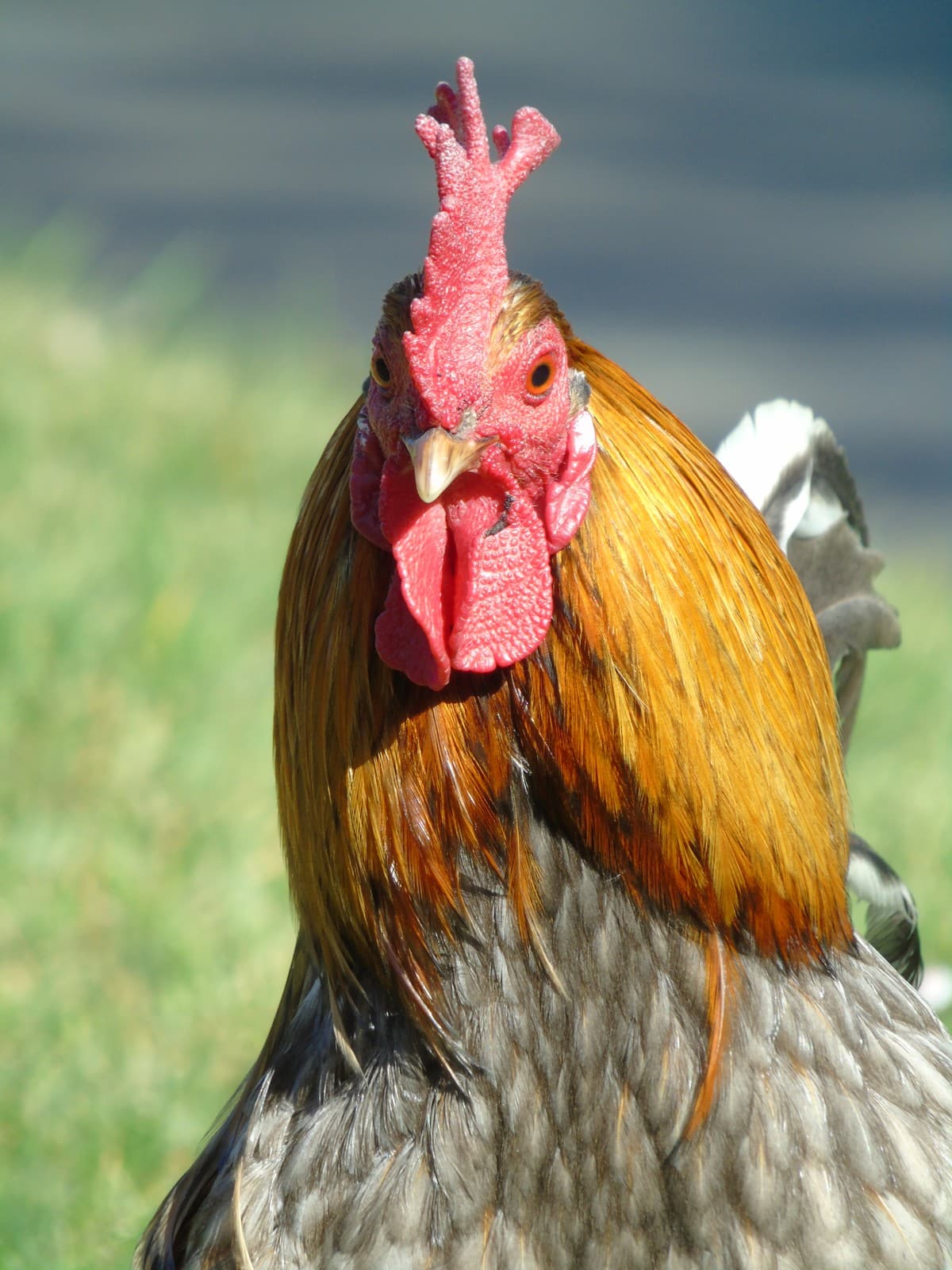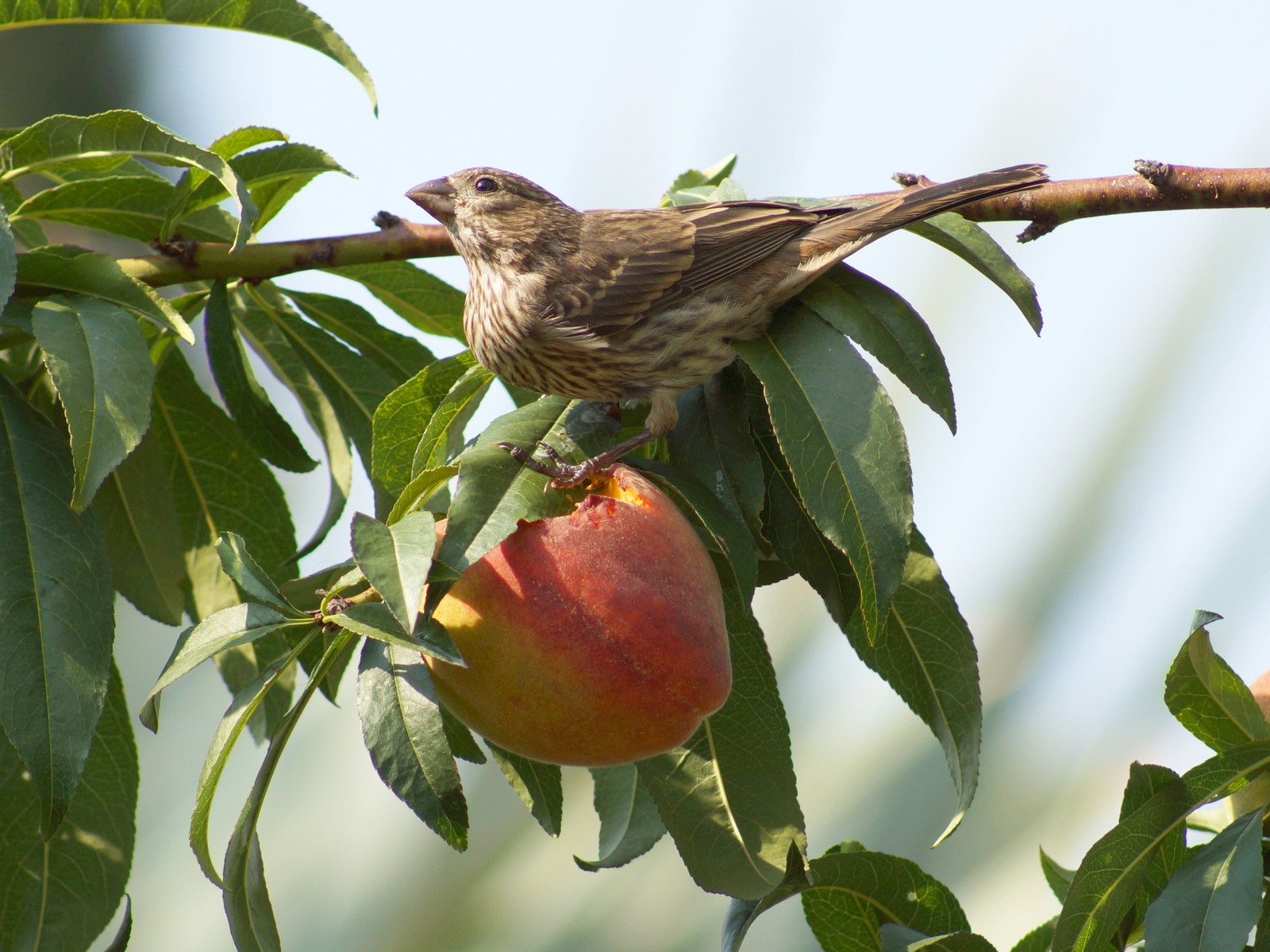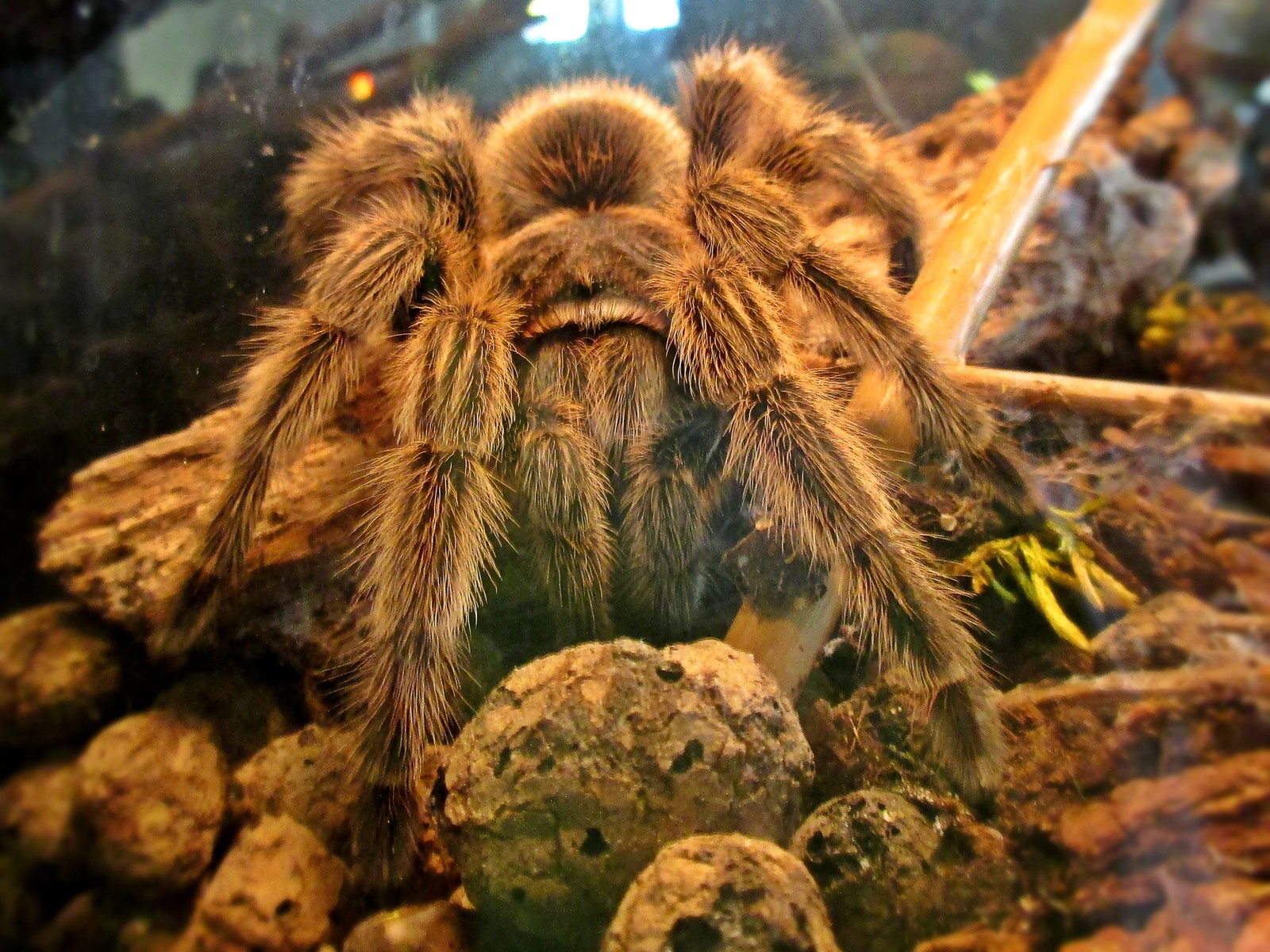Guinea Fowl vs Chicken: A Complete Comparison
When comparing Guinea Fowl vs Chicken, these two popular poultry species exhibit distinct differences in behavior, care requirements, and utility. Guinea fowl, originally from Africa, are more independent and alert, weighing 3-4 pounds (1.4-1.8 kg), while domesticated chickens typically range from 5.5-7.5 pounds (2.5-3.4 kg) and demonstrate more docile behavior.
The choice between raising Guinea fowl or chickens often depends on specific homestead needs. Guinea fowl excel as natural pest controllers and watchdogs, consuming up to 100 ticks daily, while chickens provide more consistent egg production, laying 250-300 eggs annually compared to the Guinea fowl’s 100-120 eggs per year.
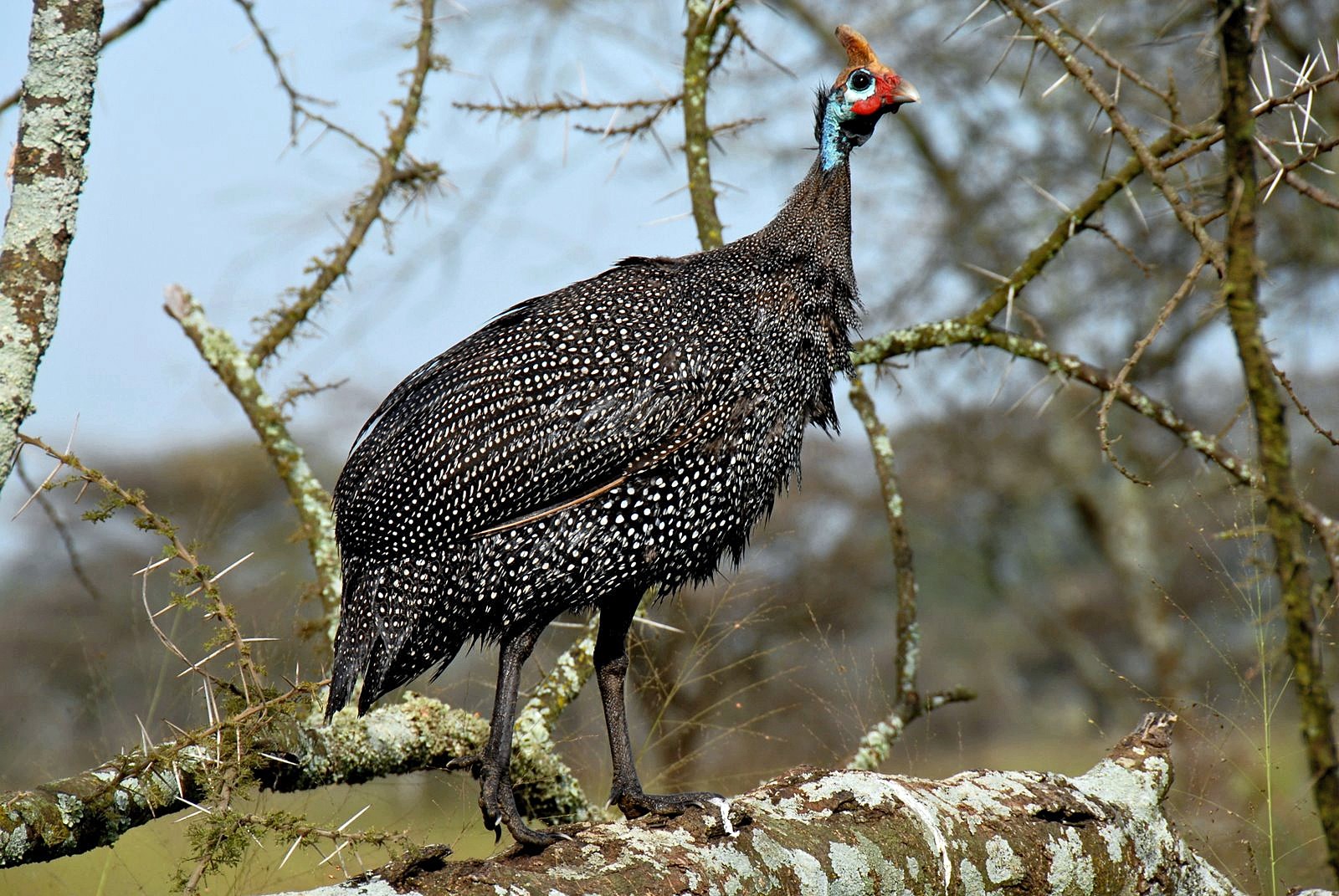
© Bob / CC BY 3.0
The distinctive spotted plumage and alert posture of the Guinea fowl showcases its wild heritage, setting it apart from domesticated poultry. These characteristics make Guinea fowl exceptional foragers and natural pest controllers.
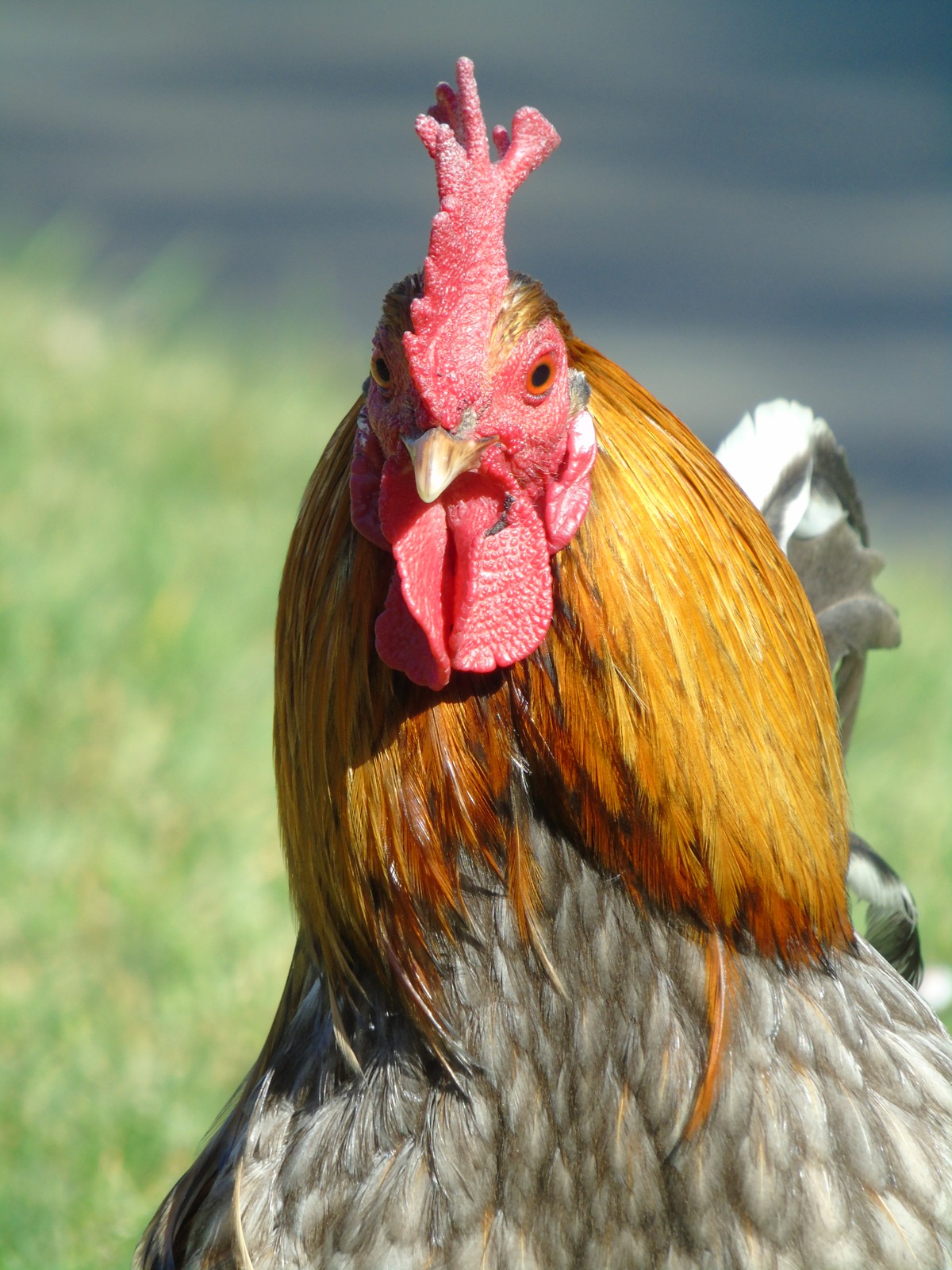
© Fernando Losada Rodríguez / CC BY-SA 4.0
The domestic chicken’s refined features and colorful plumage reflect centuries of selective breeding, resulting in a bird optimized for egg and meat production.
Key Differences: Guinea Fowl vs Chicken
| Feature | Guinea Fowl | Chicken |
|---|---|---|
| Weight | 3-4 lbs (1.4-1.8 kg) | 5.5-7.5 lbs (2.5-3.4 kg) |
| Egg Production | 100-120 eggs/year | 250-300 eggs/year |
| Temperament | Alert, independent, vocal | Docile, social, quieter |
| Foraging Ability | Excellent, covers wide range | Good, stays closer to coop |
| Pest Control | Superior tick/insect control | Moderate pest control |
| Care Requirements | Low maintenance | Moderate maintenance |
Behavior and Temperament
Guinea fowl retain much of their wild instincts, displaying heightened alertness and excellent predator detection abilities. They vocalize loudly at signs of danger, making them outstanding “watchdogs” for other poultry. Chickens, through generations of domestication, exhibit calmer behavior and stronger bonding with humans.
Housing and Care Requirements
While chickens require secure coops and regular feeding schedules, Guinea fowl demonstrate more self-sufficient tendencies. However, Guinea fowl can be challenging to contain, often preferring to roost in trees rather than coops. Both species need protection from predators, but Guinea fowl show superior escape abilities.
Egg and Meat Production
Chickens consistently outperform Guinea fowl in egg production, laying larger and more numerous eggs. Guinea fowl eggs, though smaller, offer richer flavor and thicker shells. For meat production, chickens provide more substantial portions, while Guinea fowl meat presents a gamier, more flavorful alternative with lower fat content.
Pest Control and Foraging
Guinea fowl excel at pest management, particularly against ticks, beetles, and small snakes. Their aggressive foraging behavior and wider ranging patterns make them superior for natural pest control. While chickens also forage effectively, they typically stay closer to their coop and focus on easier-to-catch insects.
Disease Resistance and Hardiness
Guinea fowl demonstrate remarkable disease resistance and cold hardiness, requiring minimal veterinary intervention. Chickens, while generally robust, may need more frequent health monitoring and preventive care, particularly in intensive farming situations.
Cost Comparison and Return on Investment
Initial costs for both species are similar, but chickens typically offer better economic returns through higher egg production and meat yield. Guinea fowl provide value through pest control services and potential sales as exotic meat, though market demand varies by region.
Which Should You Choose?
Select Guinea fowl if you prioritize:
- Natural pest control
- Property surveillance
- Low-maintenance poultry
- Free-ranging capability
Choose chickens if you need:
- Consistent egg production
- Docile backyard pets
- Reliable meat source
- Easier handling and management
Both species can coexist successfully, combining the pest control and alertness of Guinea fowl with the productive capabilities of chickens. Consider your specific needs, available space, and local regulations when making your selection.
